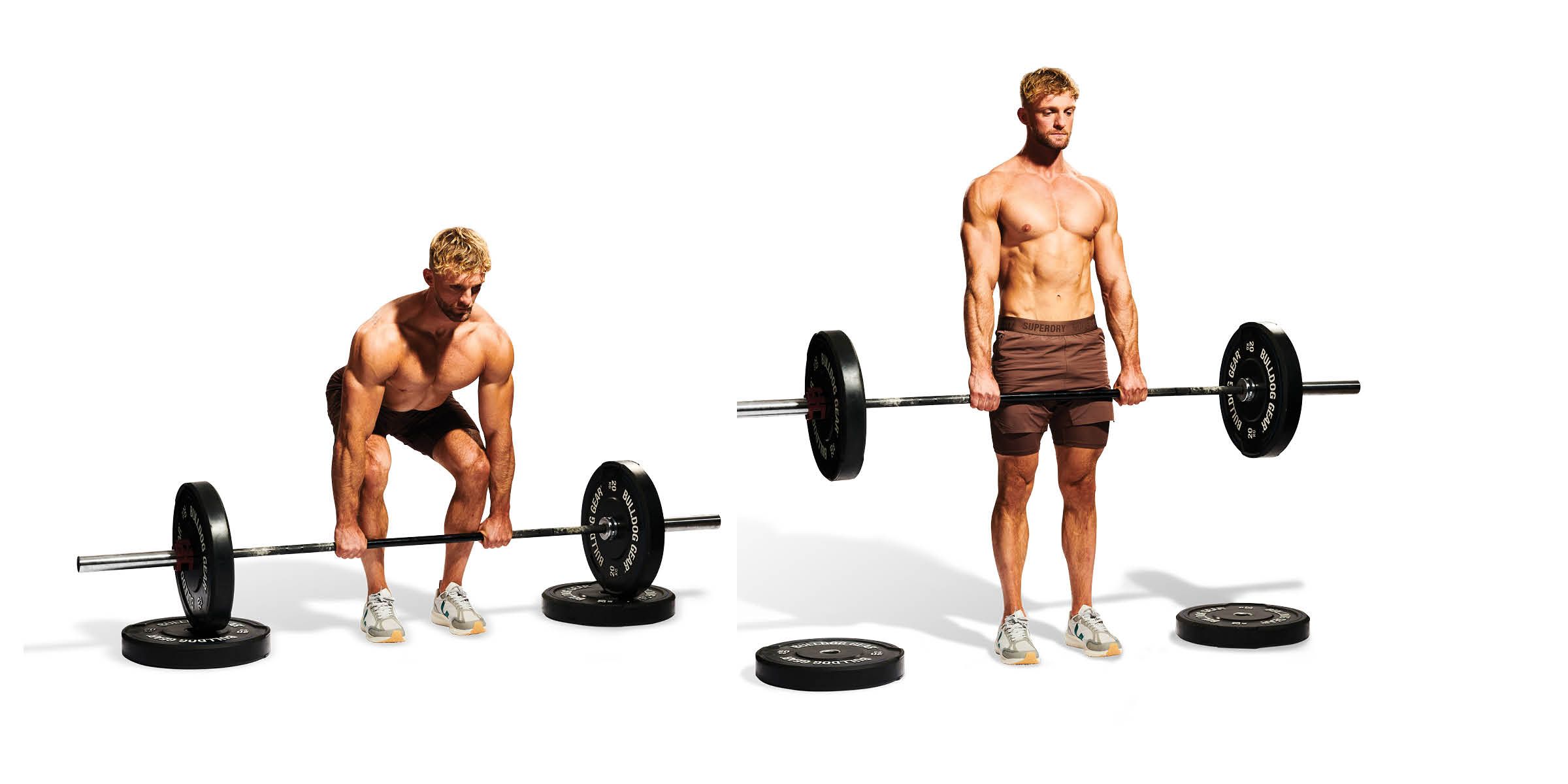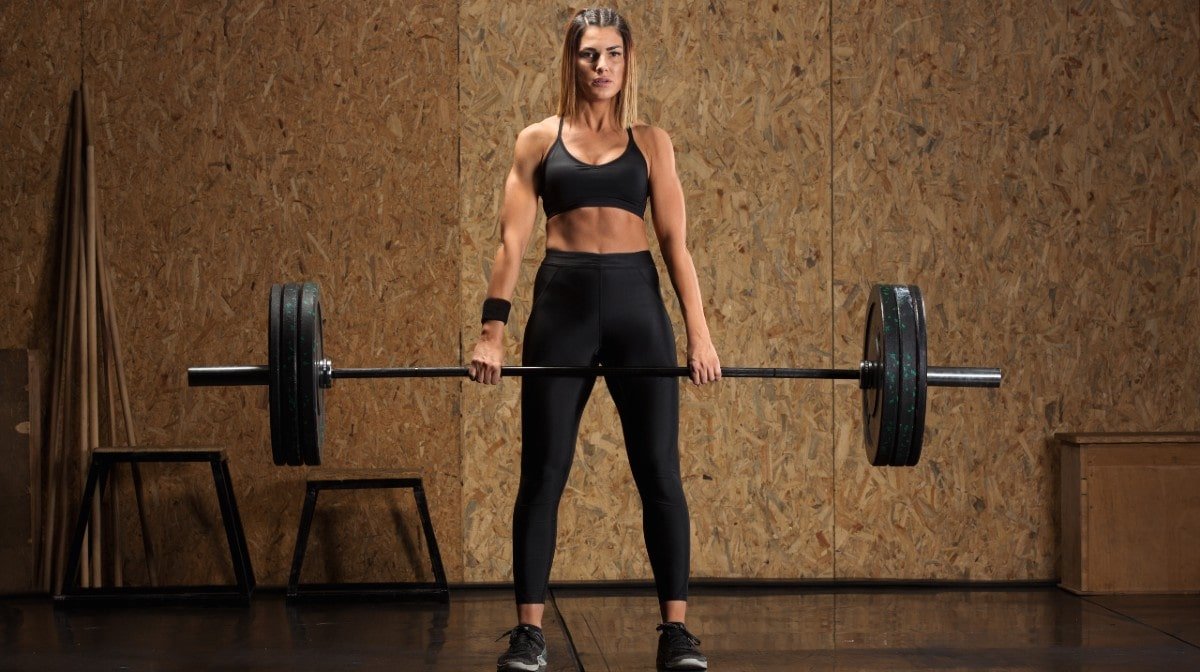Are you looking for a powerful exercise that can transform your physique and improve your overall strength? As an experienced fitness trainer, I can confidently say that the deadlift is one of the most effective exercises you can incorporate into your workout routine. Not only does it target multiple muscle groups, but it also offers a range of benefits that can enhance your performance and physique.
So here we explore the benefits of deadlifts, including their impact on muscle development, fat loss, and overall functional strength. We will also explore the subjective benefits that make deadlifts a practical and safe exercise option for individuals of all fitness levels.
Contents
Is Deadlift a Good Exercise?

Benefits of Deadlifts:
Here are some of the key benefits of deadlifts:
- Strength and Muscle Development: Deadlifts are a compound exercise that engage multiple muscle groups at once, making them highly effective for increasing overall strength and muscle development. They primarily target the muscles in the posterior chain, including the glutes, hamstrings, and lower back.
- Increased Fat Burning: Deadlifts are not only effective for building muscle but also for burning fat. As a compound movement, they require a substantial amount of energy, which can help elevate your metabolic rate and promote fat loss. Incorporating deadlifts into your workout routine can contribute to an overall increase in calorie expenditure.
- Improved Functional Strength: Deadlifts are considered a functional exercise because they mimic natural movements like picking up objects from the ground. By performing deadlifts regularly, you can improve your strength and ability to perform daily activities such as lifting, carrying, and bending.
- Enhanced Posture and Core Stability: Deadlifts engage the muscles of your core, including the abdominals and obliques, in order to stabilize your spine during the lifting motion. This, in turn, helps improve your posture and core stability. By incorporating deadlifts into your workout routine, you can develop a strong core and maintain better alignment throughout your body.
- Time Efficiency: Deadlifts are a time-efficient exercise option, as they engage multiple muscle groups and provide a comprehensive full-body workout in a relatively short amount of time. By performing deadlifts, you can maximize your training session and achieve great results with less time spent at the gym.
Proper Form and Technique for Deadlifts:

When it comes to deadlifts, proper form and technique are crucial for optimal performance and minimizing the risk of injury. Here are some key pointers to keep in mind as you incorporate deadlifts into your workout routine:
- Initiate with a neutral spine: To maintain a stable and safe position throughout the movement, it’s important to start with a neutral spine. This means avoiding excessive rounding or arching of the back. Keep your core engaged and maintain a slight natural curve in your lower back.
- Position your feet and grip: Begin by standing with your feet shoulder-width apart and your toes pointed slightly outward. Place your hands just outside your knees, ensuring a comfortable grip on the barbell or kettlebell.
- Hinge at the hips: As you initiate the movement, hinge at the hips by pushing your glutes back while maintaining a slight bend in your knees. This will help load the posterior chain effectively and minimize stress on your spine.
- Engage your core: Your core is crucial for stabilizing your spine during deadlifts. Engage your abdominal muscles and maintain tension throughout the movement. This will help protect your lower back and improve overall stability.
- Keep the bar close to your body: As you lift the weight, focus on keeping the barbell or kettlebell as close to your body as possible. This will help maintain proper alignment and reduce strain on your back and shoulders.

- Drive through your heels: To generate power and maintain balance, focus on driving through your heels as you stand up with the weight. This will help engage your glutes, hamstrings, and quads more effectively.
Frequently Asked Questions:
Is deadlift the most effective exercise?
Yes, deadlifting is considered one of the most effective exercises for gaining strength, power, speed, and improving body composition. It is commonly used by top athletes and consistently produces great results.
Is deadlift good for belly fat?
Yes, deadlifts can help with belly fat reduction. The exercise burns calories and stimulates muscle growth, leading to overall weight loss and a reduction in belly fat.
How do deadlifts change your body?
Deadlifts promote muscle growth, and improved posture, and act as a catalyst for fat loss. Exercise has a high metabolic demand, raising your heart rate and burning a significant amount of calories during your workout.

Hello, I’m Ravindra. Over the years, I’ve immersed myself deeply into the world of fitness and health, transforming both my body and mind. Writing has allowed me to share my journey, insights, and expertise with those just starting out and seasoned fitness enthusiasts alike. Beyond just routines and diets, I believe in inspiring others to adopt a holistic approach to well-being.
